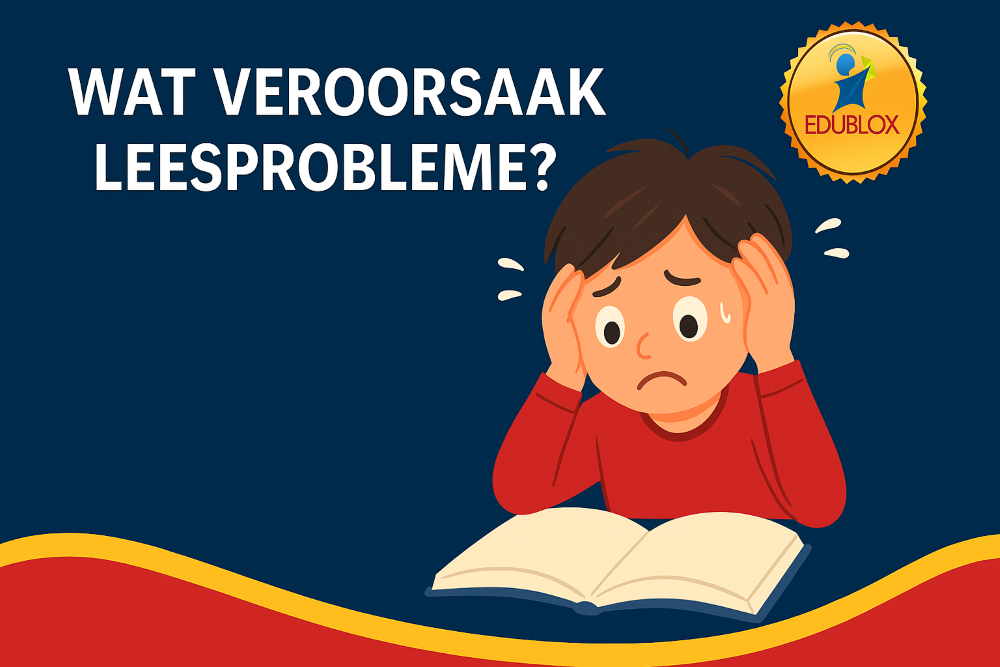Visual discrimination is a visual perceptual skill and refers to the ability to differentiate one object from another.
In a simple visual discrimination test, the child may be asked to find the rabbit with one ear in a row of rabbits with two ears. The ability to discriminate letters and words visually becomes essential in learning to read. When a person is reading, visual discrimination must take place all the time. One must be able to discriminate visually in terms of colour, foreground-background, form, size, and position in space.
All printed letters are set against a specific background. The most important difference between the letters and the background is their colour. The first discrimination will therefore be in terms of colour.
The second discrimination is in terms of foreground-background. The particular letter, word, or sentence the reader is focused on is elevated to the foreground. In contrast, everything else within the field of vision of the reader (the rest of the page and the book, the desk on which the book is resting, the section of the floor and/or wall that is visible, etc.) is relegated to the background.
Our Latin alphabet consists of twenty-six letters, each with its corresponding capital letter with a size and sometimes shape difference compared to the lowercase counterpart. The letters all differ in form or shape and must be discriminated accordingly.
Capital letters, being used at the start of a sentence, sometimes look exactly the same as their lowercase counterparts and must, therefore, be discriminated mainly with regard to size. The letters in dyslexia and DYSLEXIA may all differ in terms of form and size but must nevertheless be interpreted as constituting the same word.
One also does not only read letters but thoughts, all compiled from a conglomeration of words. A word is made up of a number of letters arranged in a particular sequence. The reader must, therefore, be able to discriminate the letters in terms of their positions.
Deficits in visual discrimination are a common cause of reading problems.
Edublox programmes effectively overcome reading and other learning difficulties by addressing the underlying shortcomings that interfere with academic performance. Underlying shortcomings include visual discrimination.





